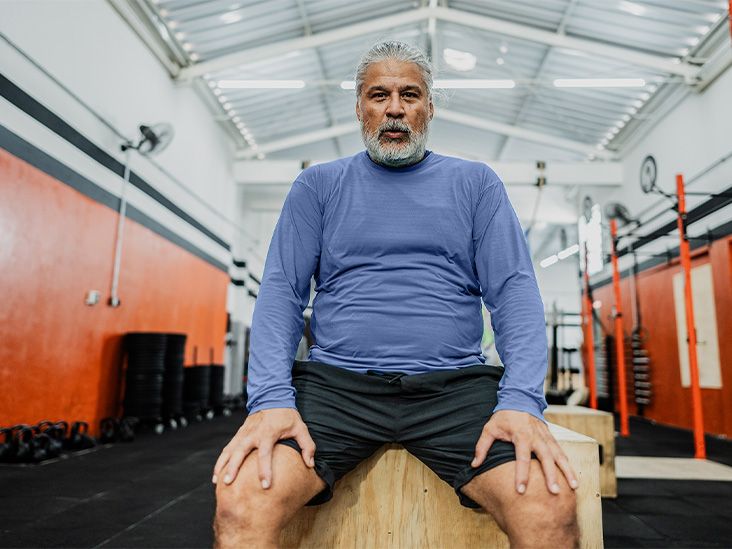Exercise is an essential component of a healthy lifestyle for people of all ages, especially for older adults. A recent study revealed that heavy resistance training may be more effective in preserving leg muscle function in older adults compared to moderate-intensity exercise or no exercise at all. The benefits of this type of training were found to persist for years after the intervention, emphasizing the long-term advantages of building and maintaining muscle strength. Strong muscles are crucial for physical function and overall well-being, and their decline in older age can lead to reduced mobility, independence, and increased fall risk.
The study, published in BMJ Open Sport & Exercise Medicine, examined the potential long-term benefits of heavy resistance training for older adults. The research was part of the LIve Active Successful Ageing (LISA) study, a randomized controlled trial involving 451 older adults divided into three groups. The first group underwent one year of heavy resistance training, the second group engaged in moderate-intensity training, and the third group served as a non-exercising control group. The heavy resistance training group used exercise machines for activities like leg and chest presses, while the moderate-intensity group focused on exercises like squats and push-ups using elastic bands and body weight.
After following up with participants three years post-intervention, researchers found that the group undergoing heavy resistance training maintained their baseline isometric leg strength over a four-year period, while the other groups experienced declines in muscle function. The heavy resistance training group also did not experience changes in visceral fat content, unlike the control group, which saw an increase. Despite some limitations to the study, which was conducted in Denmark and may not be generalized to other populations, the findings suggest that heavy resistance training can have long-lasting benefits in older adults by preserving muscle function.
Health experts advise older adults interested in resistance training to seek appropriate guidance to gradually increase resistance levels and minimize injury risk. Overall, the study underscores the importance of maintaining muscle strength in older age for improved physical function and health outcomes. Strength training can be tailored to an individual’s age, abilities, and health status to ensure safe and effective participation. Beginning with lower-weight options and progressively increasing intensity, along with focusing on proper form and recovery, can help older adults safely incorporate resistance training into their exercise routine. Consulting a professional, monitoring progress, and maintaining consistency are key factors in reaping the benefits of strength training for older adults.











